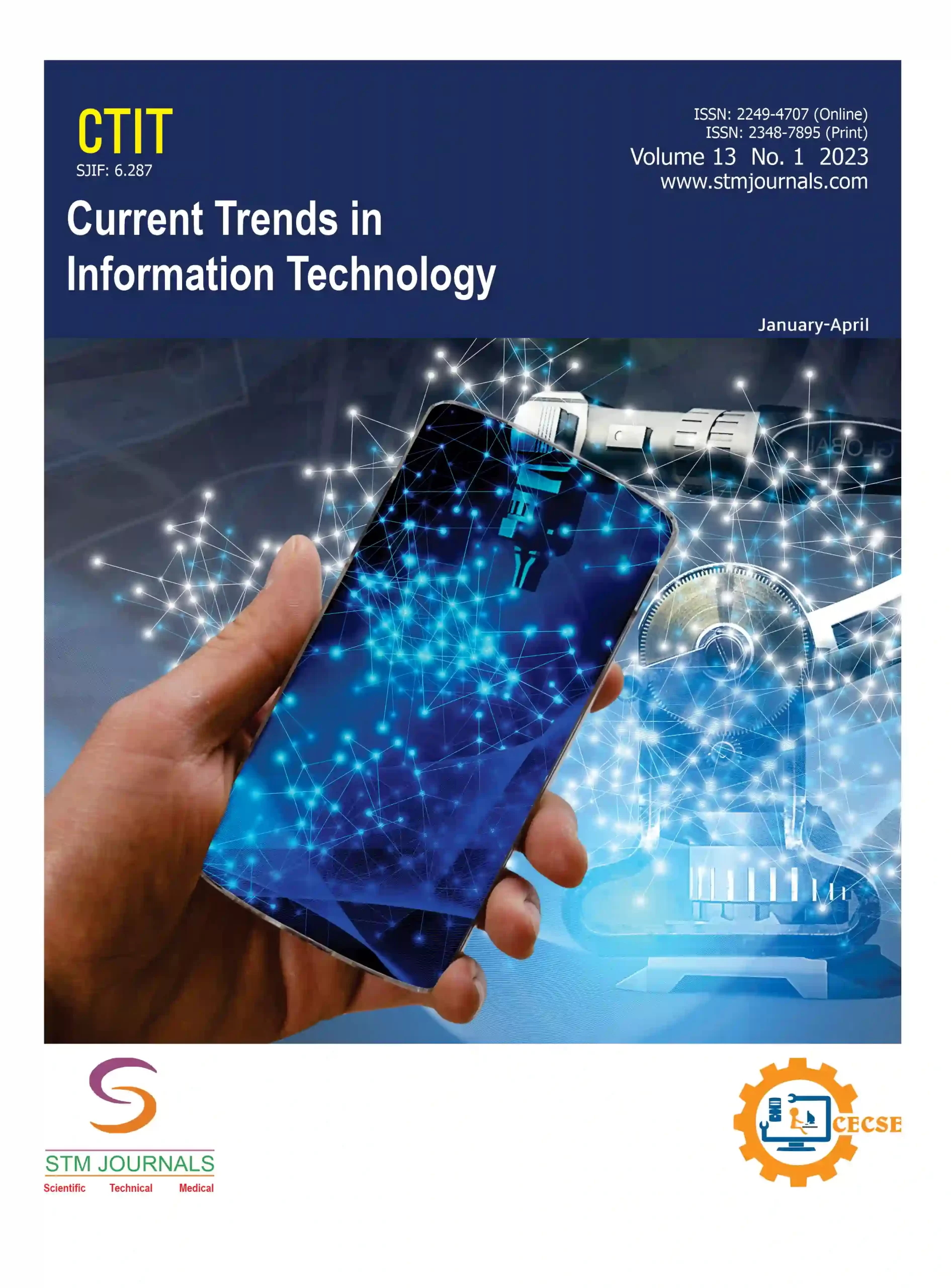
Preeti Singh

Yashraj Singh

Aditya Singh

Adnan Ahmad
- Assistant Professor Department of Computer Science and Engineering, Babu Banarasi Das Engineering College, Lucknow Uttar Pradesh India
- Student Department of Computer Science and Engineering, Babu Banarasi Das Engineering College, Lucknow Uttar Pradesh India
- Student Department of Computer Science and Engineering, Babu Banarasi Das Engineering College, Lucknow Uttar Pradesh India
- Student Department of Computer Science and Engineering, Babu Banarasi Das Engineering College, Lucknow Uttar Pradesh India
Abstract
The AI Document Analyzer is an innovative application created to revolutionize how we engage with and comprehend textual data. By integrating a range of advanced technologies, including Next.js, Drizzle ORM, OpenAI, Stripe, TypeScript, and Tailwind, this tool offers a comprehensive solution for document comprehension. Central to its functionality is a chat-based interface powered by the ChatGPT API, allowing users to engage in natural language conversations with their uploaded documents. This interface not only simplifies access to information but also improves the overall user experience. A standout feature of the AI Document Analyzer is its capability to generate summaries and visualizations of complex documents. By leveraging the natural language processing capabilities of OpenAI, the application can extract and present critical insights in a concise and understandable manner. This is especially beneficial for users who need to quickly understand the main points of lengthy documents without having to go through all the content.
The integration of Next.js ensures efficient server-side rendering and a smooth user interface, while Drizzle ORM handles the database interactions seamlessly. This combination guarantees that the application is both swift and dependable. Stripe integration facilitates secure and straightforward transactions, enabling users to access premium features or services with ease. TypeScript is employed for its robust type-checking capabilities, which enhance the reliability and maintainability of the codebase. Tailwind CSS is used to create a modern, responsive, and user-friendly design.
Overall, the AI Document Analyzer represents a significant advancement in document analysis and information management. By combining powerful technologies and focusing on user-centric design, it offers an innovative solution for extracting and understanding insights from textual data. Whether for business, academic, or personal use, this tool redefines how we interact with documents, making information more accessible and manageable.
Keywords: AI Document Analyzer, ChatGPT, Natural Language Processing, Text Extraction, Chatbot, Artificial Intelligence
[This article belongs to Current Trends in Information Technology(ctit)]
References
- Solanki, Amrish. (2024). Advancements in Artificial Intelligence: A Comprehensive Review and Future Prospects. INTERNATIONAL JOURNAL OF COMPUTER ENGINEERING & TECHNOLOGY. 2. 53-64.
- Khan MS, Ahmad I. Herbal medicine: current trends and future prospects. InNew look to phytomedicine 2019 Jan 1 (pp. 3-13). Academic Press.
- Brown T, Mann B, Ryder N, Subbiah M, Kaplan JD, Dhariwal P, Neelakantan A, Shyam P, Sastry G, Askell A, Agarwal S. Language models are few-shot learners. Advances in neural information processing systems. 2020;33:1877-901.
- Seymour, Dr. Tom & Frantsvog, Dean & Kumar, Satheesh. (2011). History Of Search Engines. International Journal of Management & Information Systems (IJMIS). 15. 10.19030/ijmis.v15i4.5799.
- Følstad, Asbjørn & Brandtzaeg, Petter. (2017). Chatbots and the new world of HCI. interactions. 24. 38-42. 10.1145/3085558.
- Khan, Muskan & Ning, Chu & Chang, Jung. (2023). Natural Language Processing Techniques for Enhancing Information Systems Management.
- Systematic Review on Chatbot Techniques and Applications. Jips-k.org. 2022. Available from: https://jips-k.org/pub-reader/707
- Klopfenstein, Lorenz & Delpriori, Saverio & Malatini, Silvia & Bogliolo, Alessandro. (2017). The Rise of Bots: A Survey of Conversational Interfaces, Patterns, and Paradigms. 555-565. 10.1145/3064663.3064672.
- Kuhail MA, Bahja M, Al-Shamaileh O, Thomas J, Alkazemi A, Negreiros J. Assessing the Impact of Chatbot-Human Personality Congruence on User Behavior: A Chatbot-based Advising System Case. IEEE Access. 2024 May 20.
- Maithili K, Raja SN, Kumar RR, Koli S. A Survey (NLP) Natural Language Processing and Transactions on (NNL) Neural Networks and learning Systems. InE3S Web of Conferences 2023 (Vol. 430, p. 01148). EDP Sciences.

Current Trends in Information Technology
| Volume | 14 |
| Issue | 02 |
| Received | May 19, 2024 |
| Accepted | June 10, 2024 |
| Published | July 5, 2024 |
function myFunction2() {
var x = document.getElementById(“browsefigure”);
if (x.style.display === “block”) {
x.style.display = “none”;
}
else { x.style.display = “Block”; }
}
document.querySelector(“.prevBtn”).addEventListener(“click”, () => {
changeSlides(-1);
});
document.querySelector(“.nextBtn”).addEventListener(“click”, () => {
changeSlides(1);
});
var slideIndex = 1;
showSlides(slideIndex);
function changeSlides(n) {
showSlides((slideIndex += n));
}
function currentSlide(n) {
showSlides((slideIndex = n));
}
function showSlides(n) {
var i;
var slides = document.getElementsByClassName(“Slide”);
var dots = document.getElementsByClassName(“Navdot”);
if (n > slides.length) { slideIndex = 1; }
if (n (item.style.display = “none”));
Array.from(dots).forEach(
item => (item.className = item.className.replace(” selected”, “”))
);
slides[slideIndex – 1].style.display = “block”;
dots[slideIndex – 1].className += ” selected”;
}

